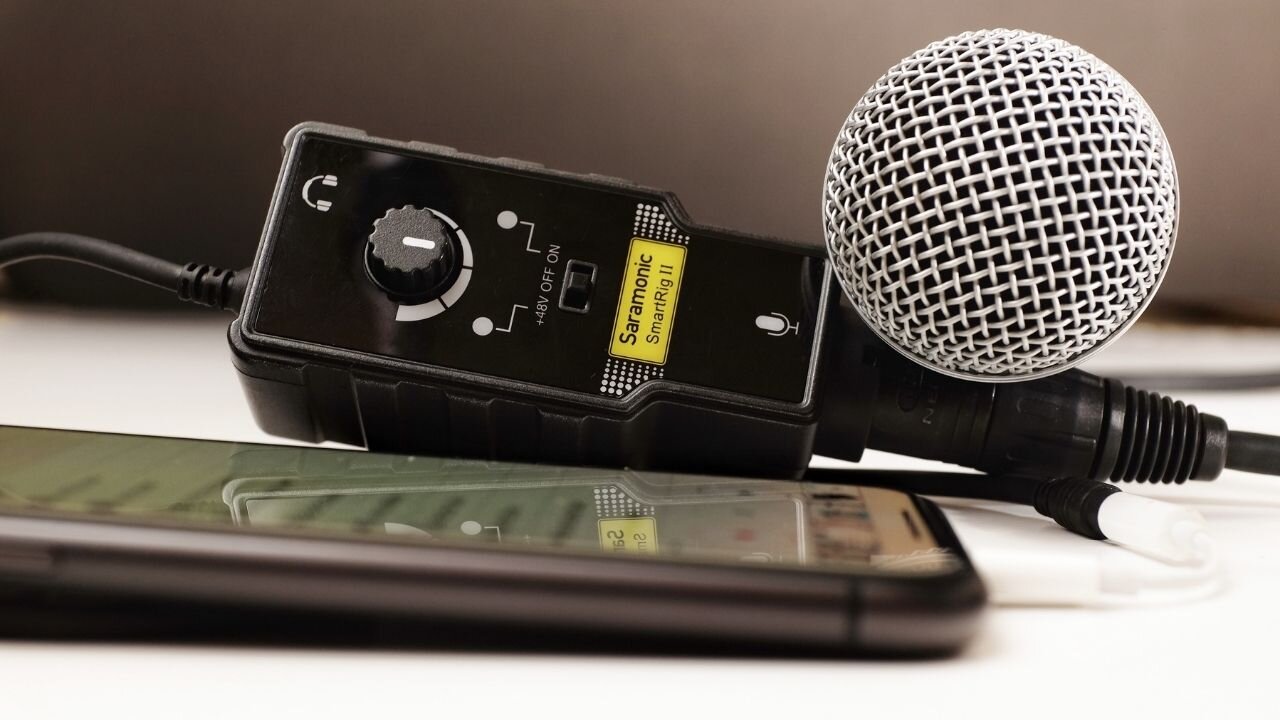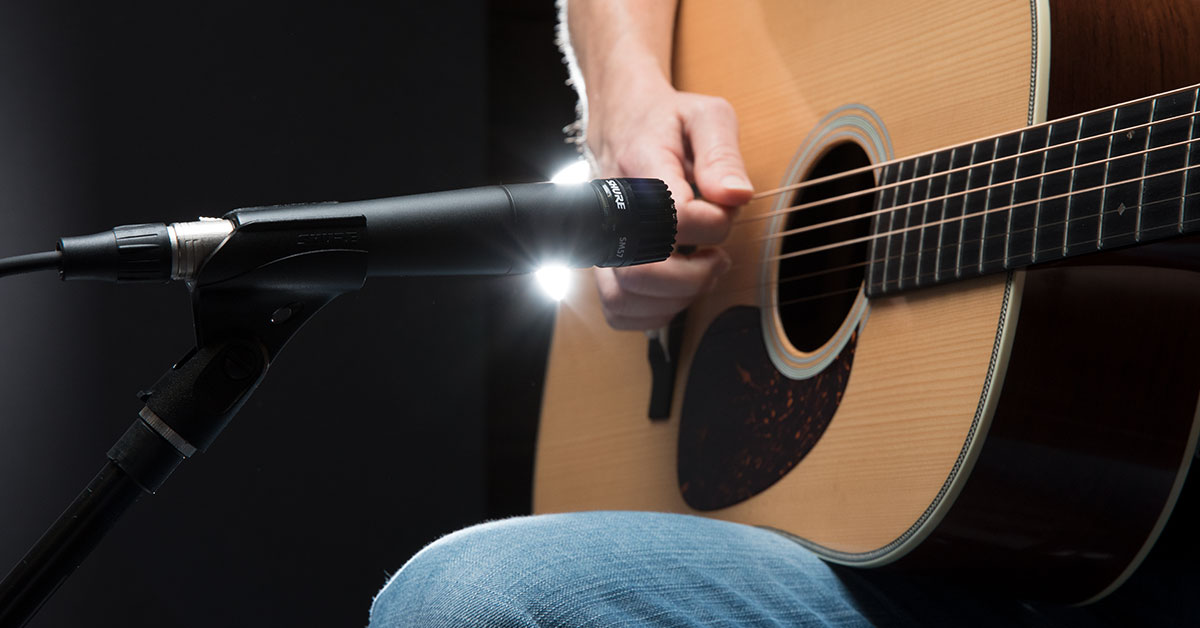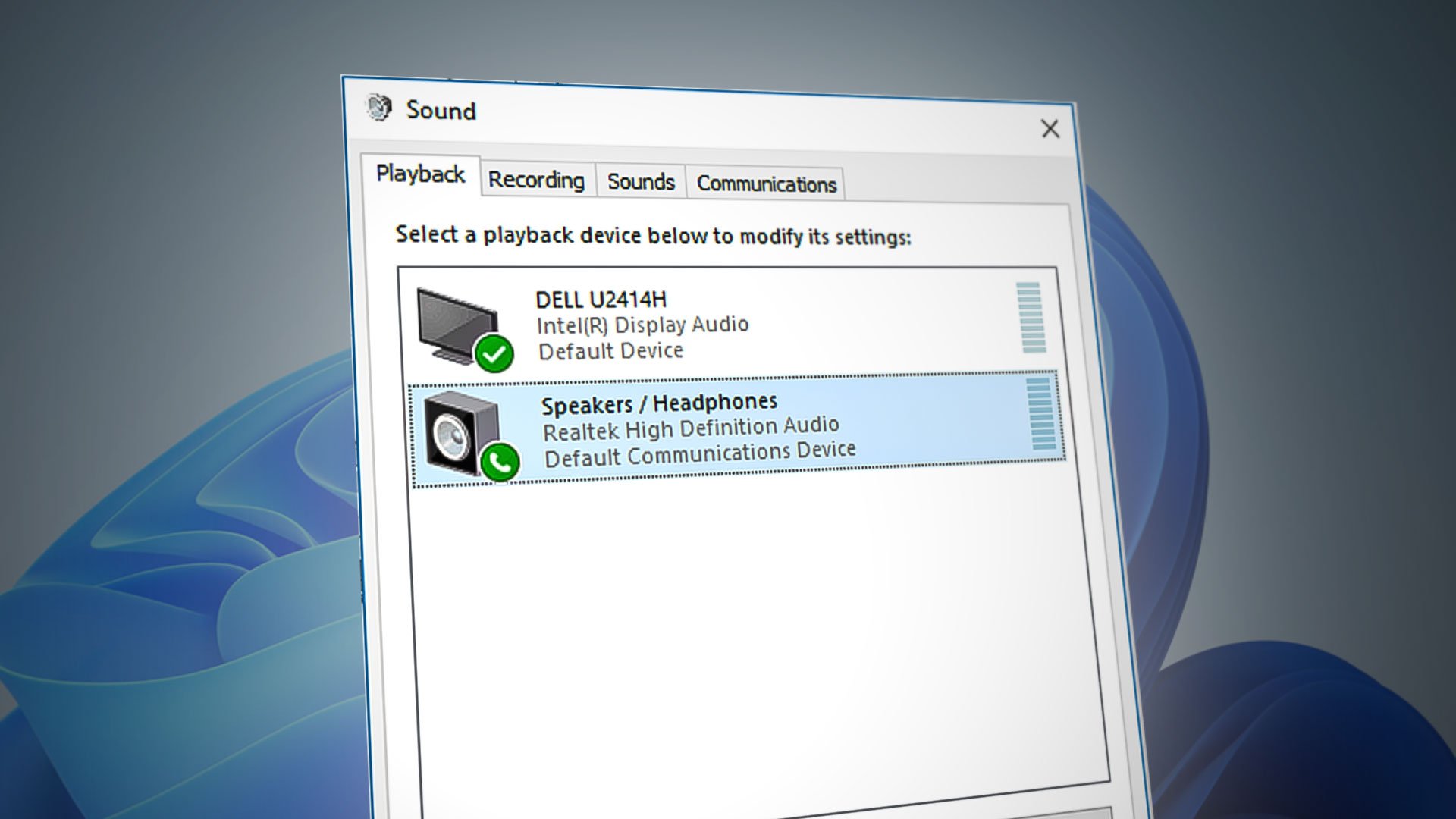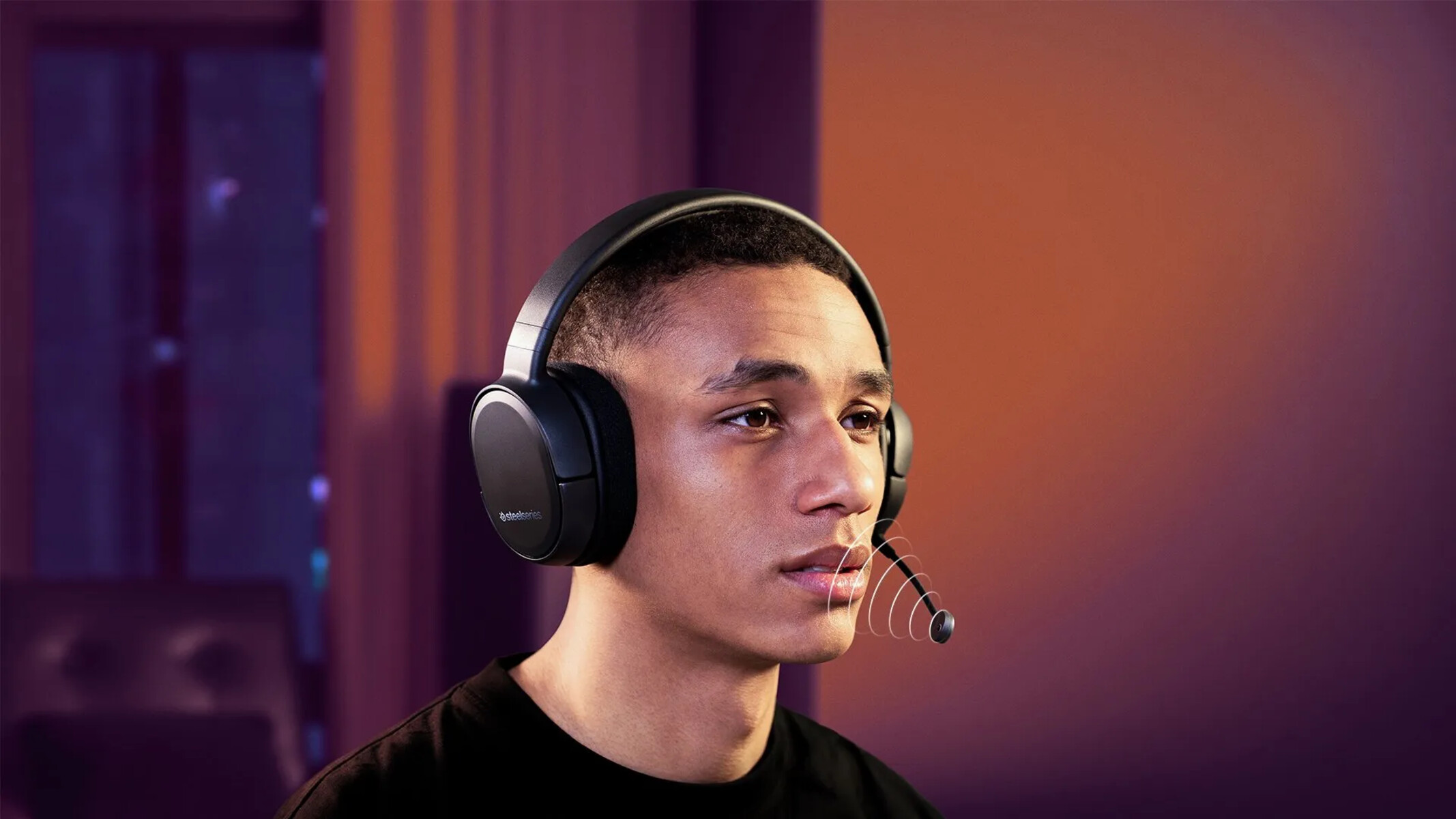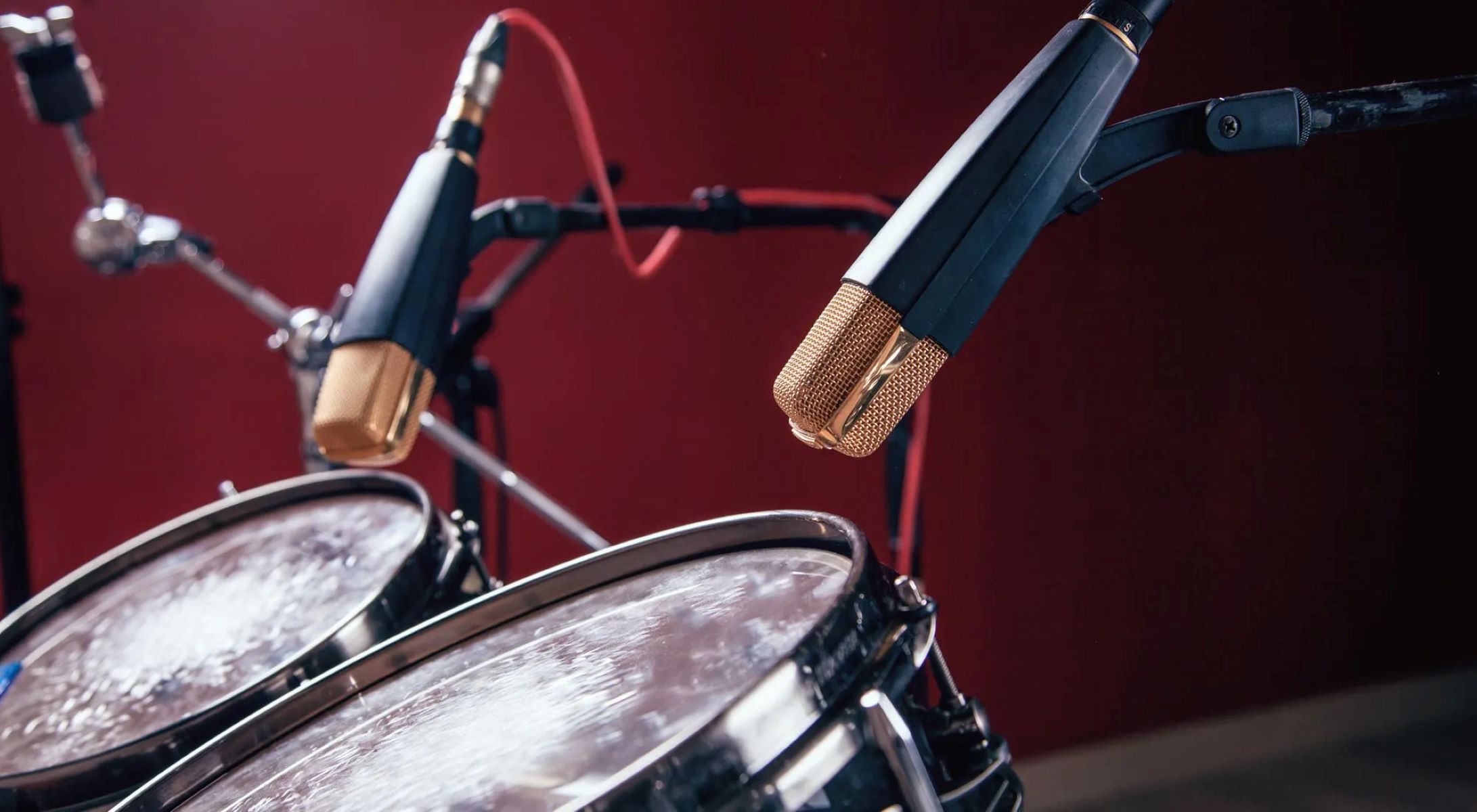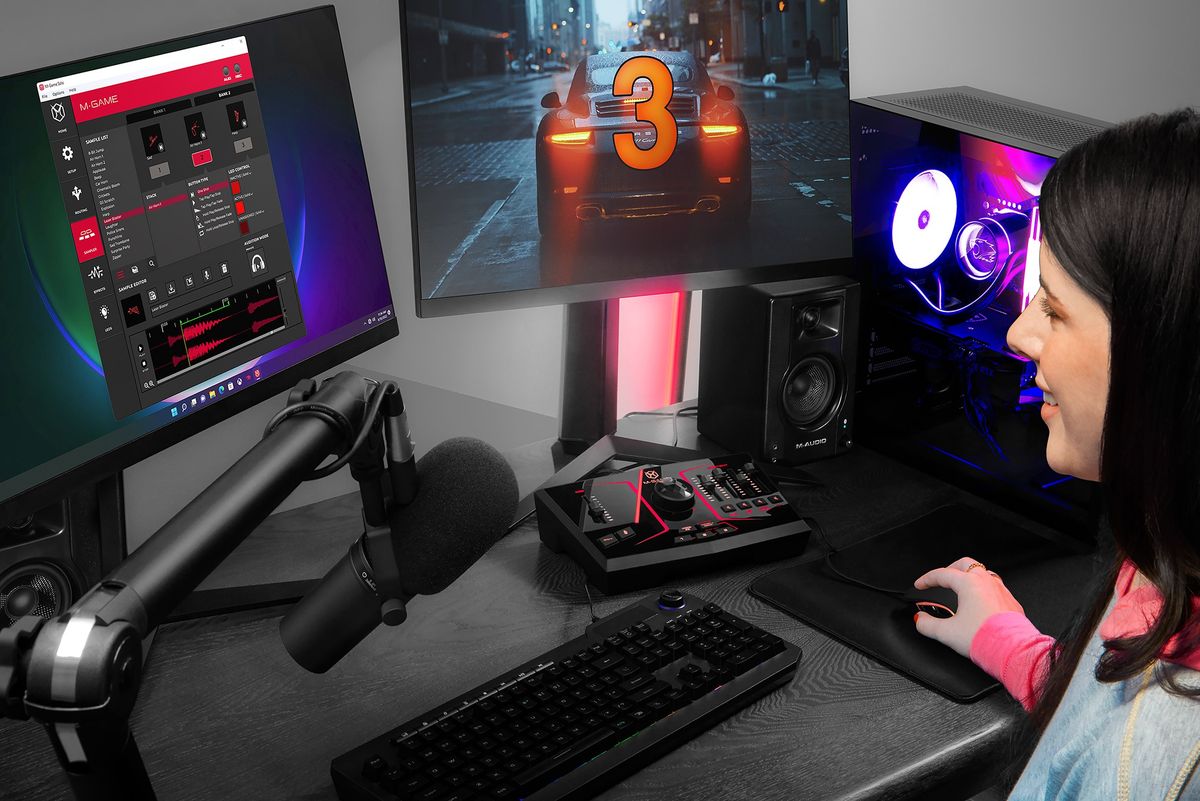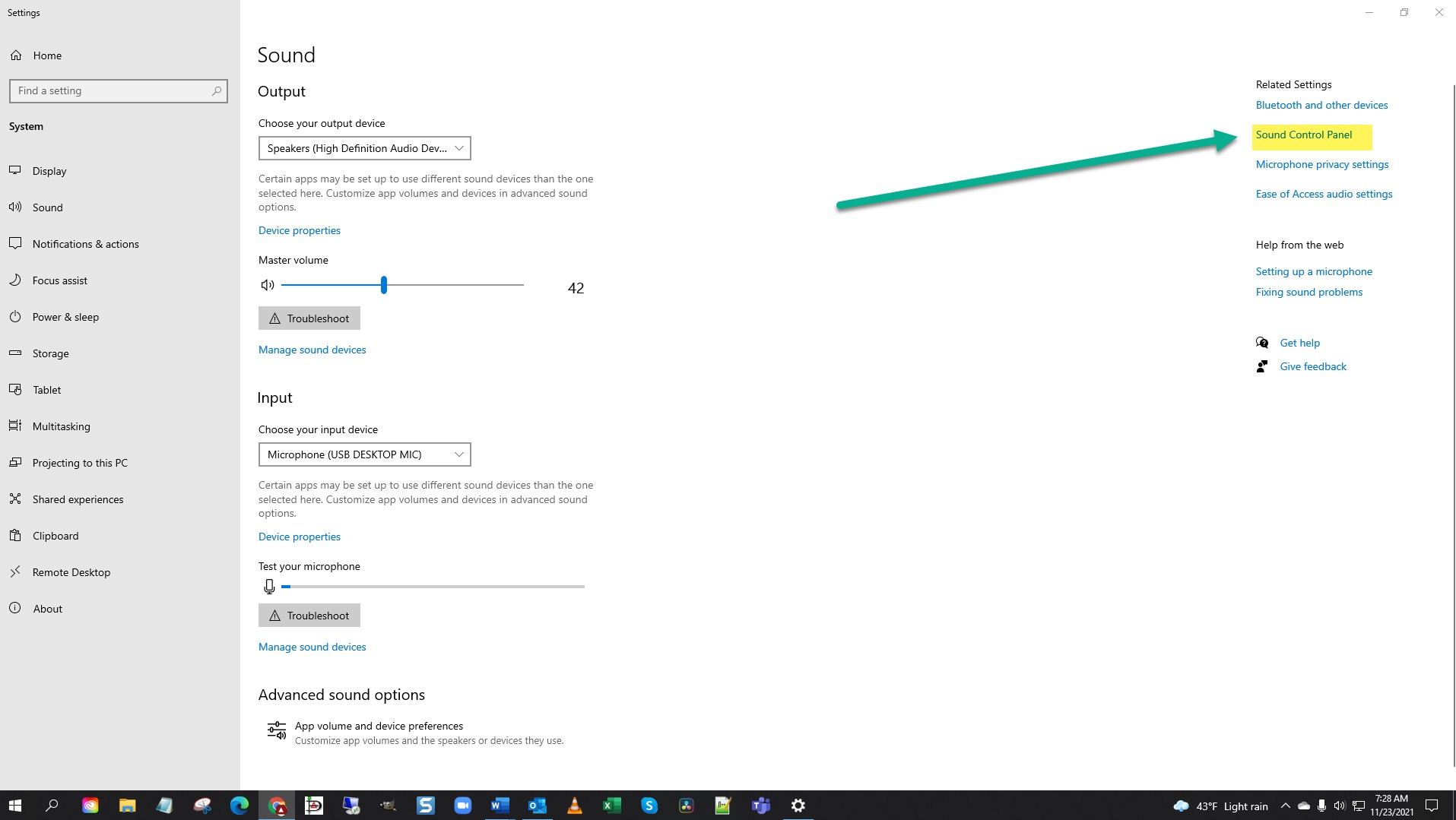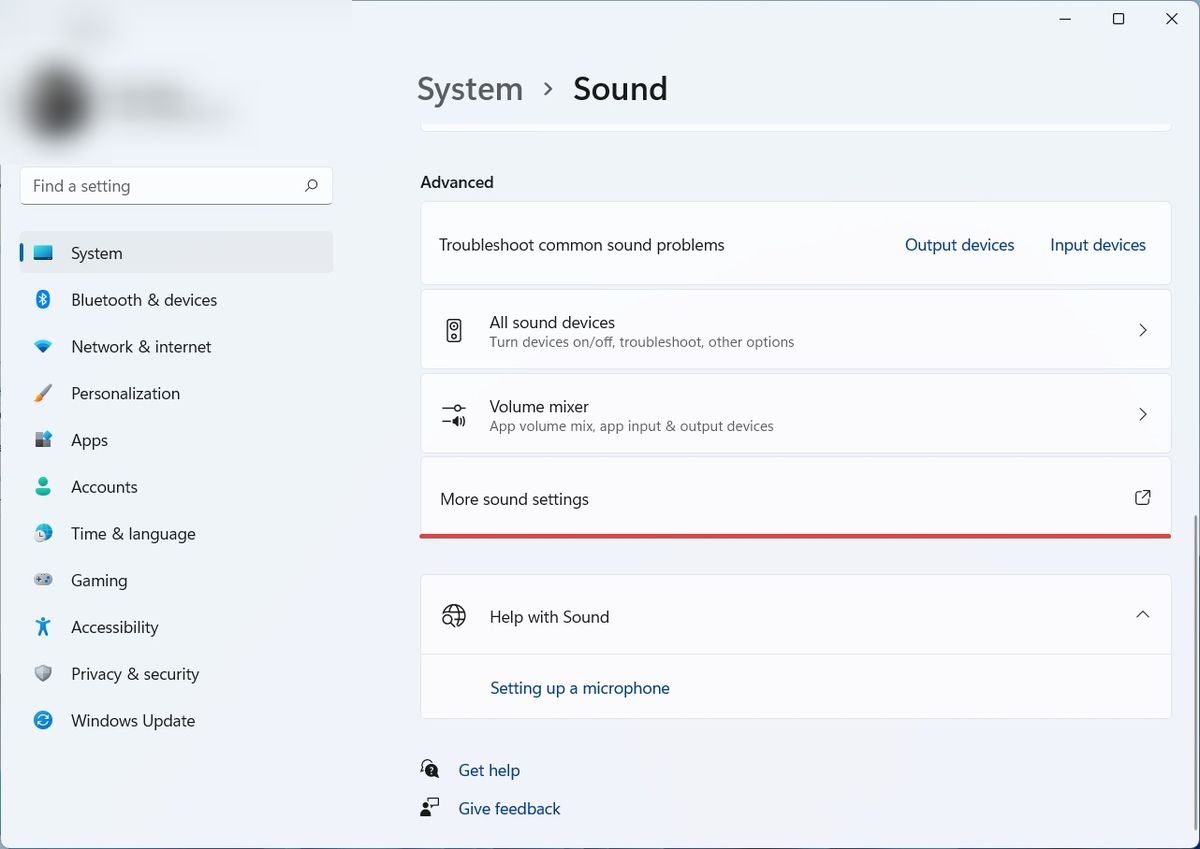Home>Instruments>Piano>How To Mic An Upright Piano
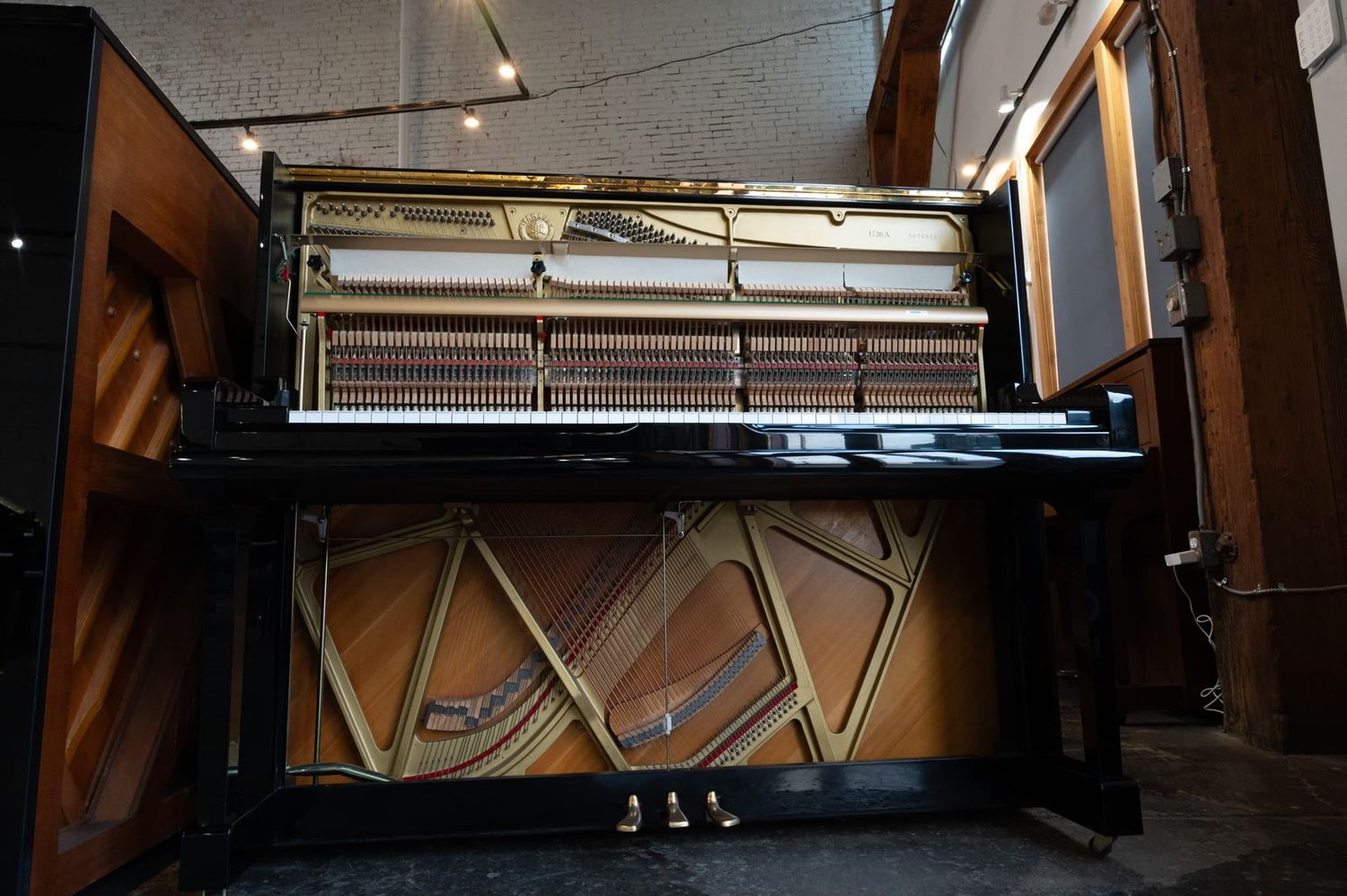

Piano
How To Mic An Upright Piano
Published: February 10, 2024
Learn how to properly mic an upright piano to capture its rich sound and enhance your piano recordings. Get expert tips and techniques for achieving the best results.
(Many of the links in this article redirect to a specific reviewed product. Your purchase of these products through affiliate links helps to generate commission for AudioLover.com, at no extra cost. Learn more)
Table of Contents
Introduction
Understanding the Art of Miking an Upright Piano
Miking an upright piano is an art form that requires a delicate balance of technical precision and creative finesse. Whether you're recording a classical masterpiece, capturing the soulful melodies of jazz, or amplifying the rich harmonies of contemporary music, the process of miking an upright piano is crucial in achieving an authentic and captivating sound.
When it comes to miking an upright piano, the goal is to capture the instrument's full dynamic range while preserving its natural tonal characteristics. This entails selecting the right microphones, positioning them strategically, and fine-tuning the levels to achieve a harmonious blend of clarity and warmth.
In this comprehensive guide, we'll delve into the intricacies of miking an upright piano, exploring the nuances of microphone selection, placement techniques, and the art of refining the audio to perfection. Whether you're a seasoned audio engineer, a passionate pianist, or an aspiring music enthusiast, this guide will equip you with the knowledge and insights to elevate your upright piano recordings to new heights.
Throughout this journey, we'll unravel the mysteries of miking an upright piano, uncovering the secrets that transform a simple recording into a captivating auditory experience. So, let's embark on this sonic adventure and unlock the potential of the upright piano through the art of miking.
Choosing the Right Microphones
Unveiling the Sonic Palette: Selecting the Ideal Microphones
When it comes to miking an upright piano, the choice of microphones plays a pivotal role in shaping the sonic landscape. As each microphone possesses its own unique sonic characteristics, selecting the right combination is essential in capturing the nuances and intricacies of the instrument’s sound.
Condenser microphones are often favored for miking upright pianos due to their exceptional sensitivity and ability to capture the instrument’s rich harmonics and dynamic range. Their transparent and detailed sound reproduction makes them well-suited for capturing the nuances of piano performances, whether in a studio or live setting.
Alternatively, dynamic microphones can also be utilized to complement condenser mics, particularly for capturing the lower frequencies and adding depth to the overall sound. By blending the characteristics of different microphone types, you can achieve a more comprehensive and nuanced representation of the piano’s tonal spectrum.
Furthermore, the microphone polar patterns play a crucial role in capturing the desired tonal qualities. For instance, using omnidirectional microphones can capture a more ambient and spacious sound, while cardioid or bi-directional patterns can offer more focused and controlled pickup, ideal for minimizing ambient noise and emphasizing the direct sound of the piano.
Ultimately, the ideal microphone selection depends on the specific sonic qualities you aim to capture, the acoustic environment, and the desired aesthetic of the recording. By carefully considering the sonic characteristics of different microphones and their interplay, you can craft a truly immersive and authentic representation of the upright piano’s sonic palette.
Placing the Microphones
Once the appropriate microphones have been chosen, the next critical step in miking an upright piano is the strategic placement of the microphones. The goal is to capture a balanced and natural representation of the instrument’s sound, taking into account the unique tonal characteristics of the piano and the desired sonic aesthetic.
When miking an upright piano, a popular technique involves placing a pair of condenser microphones in a spaced pair configuration. This technique entails positioning the microphones at a distance from the piano, typically above the hammers, to capture a cohesive stereo image that reflects the instrument’s natural sound dispersion. This setup allows for a spacious and immersive sonic experience, ideal for capturing the full breadth of the piano’s sound.
Another commonly employed method is the X-Y stereo configuration, where two cardioid or bi-directional microphones are placed in close proximity, arranged in a coincident manner to create a precise stereo image. This approach offers a more focused and defined stereo image, suitable for capturing detailed and articulate piano performances with minimal phase issues.
In addition to stereo miking techniques, close miking can also be employed to capture the piano’s inner workings and mechanical nuances. Placing a microphone inside the piano, near the hammers or strings, can yield a more intimate and detailed representation of the instrument’s timbre, ideal for capturing the intricate nuances of delicate passages and expressive performances.
Furthermore, experimentation with microphone placement is key to finding the optimal position that best complements the specific tonal qualities and playing style. Fine adjustments in microphone height, distance, and angle can significantly impact the captured sound, allowing for a tailored approach that accentuates the instrument’s unique sonic characteristics.
Ultimately, the placement of microphones is a delicate balance between capturing the instrument’s natural resonance, the spatial characteristics of the room, and the desired stereo image. By exploring various miking techniques and refining the placement based on the sonic objectives, you can unlock the full sonic potential of the upright piano, creating captivating and immersive recordings that resonate with authenticity.
Adjusting the Levels
Once the microphones are strategically positioned to capture the nuances of the upright piano, the next crucial step is to fine-tune the levels to achieve a balanced and cohesive sonic representation. Proper level adjustments are essential in ensuring that the recorded sound reflects the true essence of the instrument while maintaining clarity and fidelity.
When adjusting the microphone levels for miking an upright piano, it is imperative to consider the dynamic range of the instrument and the desired tonal balance. Begin by setting the initial levels conservatively, allowing for headroom to accommodate the instrument’s dynamic peaks without clipping or distortion. This approach ensures that the full breadth of the piano’s expressive range is captured without compromising the integrity of the recording.
During the level adjustment process, it is essential to monitor the input levels and make incremental adjustments while the piano is being played. This allows for real-time assessment of the captured sound, enabling the fine-tuning of levels to achieve an optimal balance between the instrument’s softer nuances and more robust passages.
Additionally, paying attention to the interplay between the microphones and their relative levels is crucial in creating a cohesive stereo image. Balancing the levels between the left and right channels, especially in stereo miking configurations, ensures that the spatial representation of the piano’s sound is coherent and immersive, enhancing the overall sonic experience.
Moreover, leveraging the microphone preamp’s gain controls and utilizing any available onboard features, such as pad switches or low-cut filters, can further refine the captured sound. Adjusting the preamp gain allows for precise control over the input levels, while employing pad switches can accommodate high sound pressure levels, particularly during forceful playing, without overloading the microphones or preamps.
Ultimately, the process of adjusting the levels for miking an upright piano is a meticulous endeavor that demands attentive listening and a discerning ear. By delicately balancing the input levels, monitoring the dynamic range, and refining the stereo image, you can sculpt a captivating sonic representation that encapsulates the full emotive depth and tonal richness of the upright piano.
Testing and Tweaking
After the initial setup and level adjustments, the process of miking an upright piano involves thorough testing and meticulous tweaking to refine the captured sound and ensure an optimal recording outcome. Testing and tweaking are integral steps that allow for fine adjustments to be made, addressing any sonic nuances and optimizing the overall audio quality.
One fundamental aspect of testing involves evaluating the captured sound through monitoring systems that accurately represent the nuances of the piano’s tonal characteristics. This may involve listening through high-quality studio monitors or utilizing reference headphones to discern the subtleties of the recorded sound, enabling a precise assessment of the captured sonic qualities.
During the testing phase, it is essential to listen for any potential phase issues or tonal imbalances that may arise from the microphone placement and stereo configuration. By critically evaluating the stereo image and the coherence of the captured sound, adjustments can be made to ensure a balanced and immersive sonic representation that faithfully translates the piano’s expressive nuances.
Furthermore, testing the recorded sound in the context of the intended musical repertoire or performance style is crucial for assessing the fidelity and authenticity of the captured audio. This allows for a comprehensive evaluation of how the recorded sound complements the musical context, ensuring that the sonic qualities align with the artistic vision and emotive intent of the music being performed.
As part of the tweaking process, fine adjustments to the microphone placement, levels, and any onboard features can be made based on the feedback gathered during testing. Subtle alterations to the microphone positions, angle, or distance from the piano can have a profound impact on the captured sound, allowing for a tailored approach that optimizes the sonic fidelity and spatial representation.
Additionally, leveraging any available signal processing tools, such as equalization and dynamic processing, can further refine the recorded sound, addressing any tonal nuances or dynamic imbalances to achieve a polished and cohesive sonic result.
Ultimately, the process of testing and tweaking is an iterative journey that involves attentive listening, critical assessment, and thoughtful refinement. By meticulously evaluating the captured sound, making nuanced adjustments, and aligning the sonic qualities with the artistic vision, you can sculpt a captivating and authentic representation of the upright piano’s sonic essence.
Conclusion
Miking an upright piano is a nuanced and intricate process that demands a harmonious blend of technical expertise and artistic sensibility. From the meticulous selection of microphones to the strategic placement and fine-tuning of levels, every facet of the miking process contributes to capturing the instrument’s soulful resonance and expressive depth.
Throughout this journey, we’ve unveiled the artistry behind miking an upright piano, delving into the intricacies of microphone selection, placement techniques, and the refinement of the captured sound. By carefully choosing the right microphones that complement the piano’s tonal characteristics, and employing strategic placement methods such as spaced pair or X-Y stereo configurations, we can create immersive and authentic sonic representations that resonate with depth and clarity.
Adjusting the levels with precision and finesse allows us to capture the full dynamic range of the piano while maintaining a balanced and cohesive sonic landscape. The interplay between the microphones, their relative levels, and the utilization of preamp features all contribute to sculpting a captivating sonic image that encapsulates the piano’s emotive breadth.
Furthermore, the iterative process of testing and tweaking enables us to refine the captured sound, addressing any sonic nuances and ensuring that the recording aligns with the artistic vision and emotive intent. By critically evaluating the stereo image, assessing the coherence of the captured sound, and making subtle adjustments based on attentive listening, we can elevate the sonic representation to new heights of fidelity and authenticity.
In essence, miking an upright piano is a testament to the fusion of technical precision and artistic expression, where each step in the process contributes to unraveling the instrument’s sonic allure. Whether in a studio recording setting or a live performance environment, the art of miking an upright piano allows us to preserve the instrument’s timeless resonance and bring forth its evocative melodies with unparalleled clarity and depth.
As we continue to embark on this sonic odyssey, let us embrace the artistry of miking an upright piano, honoring its rich heritage and timeless allure through the meticulous craft of capturing its soul-stirring sound.

